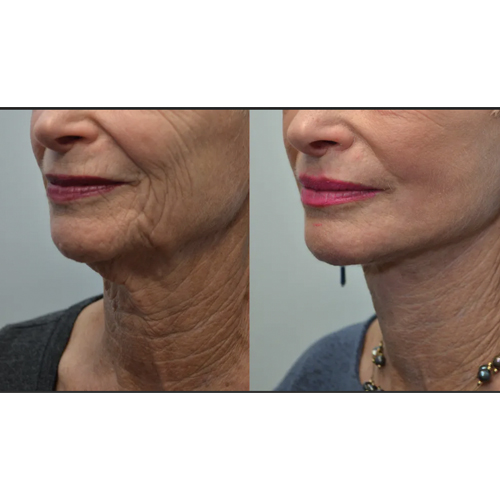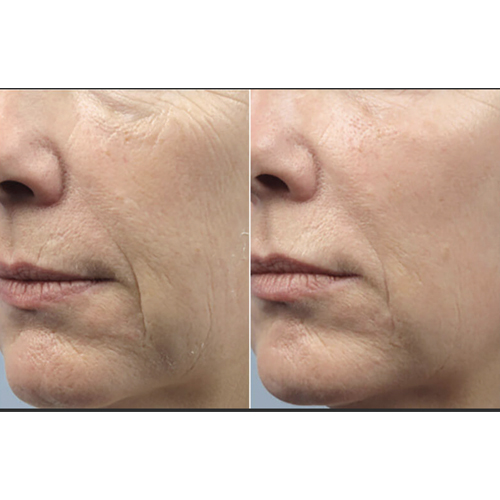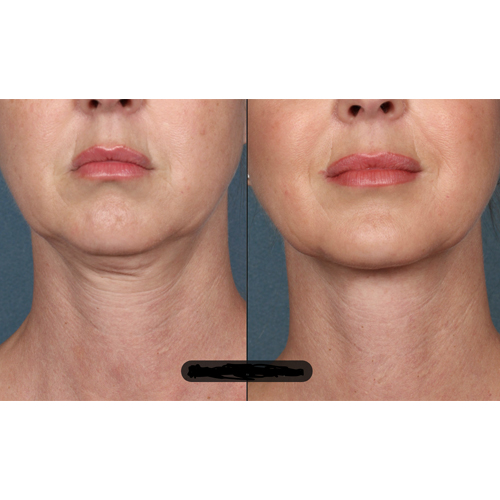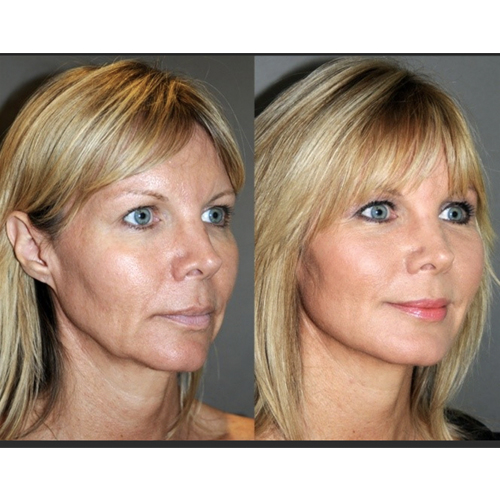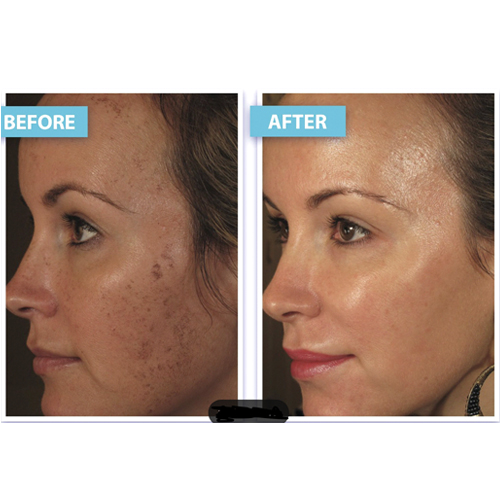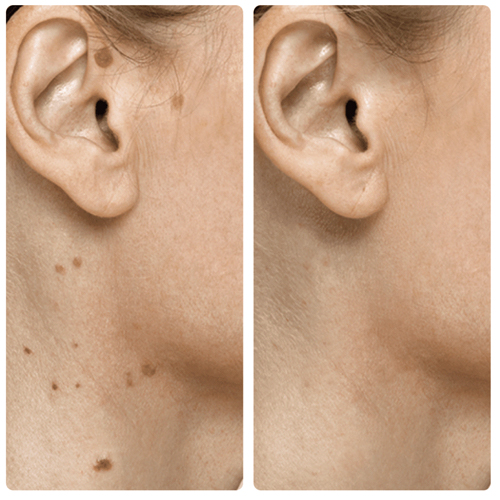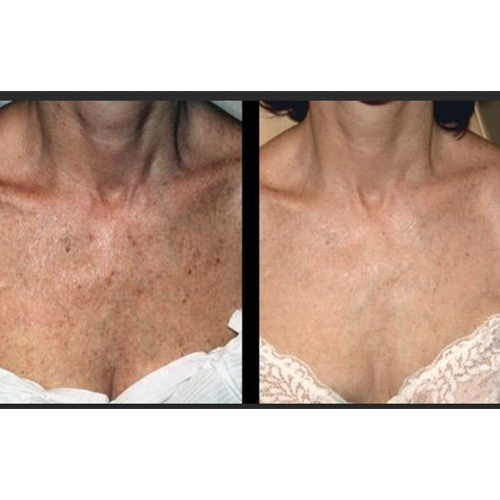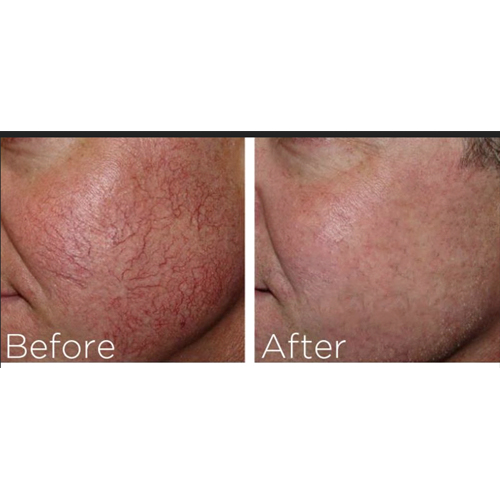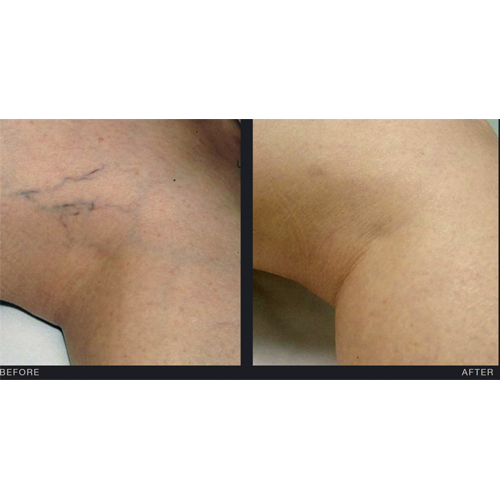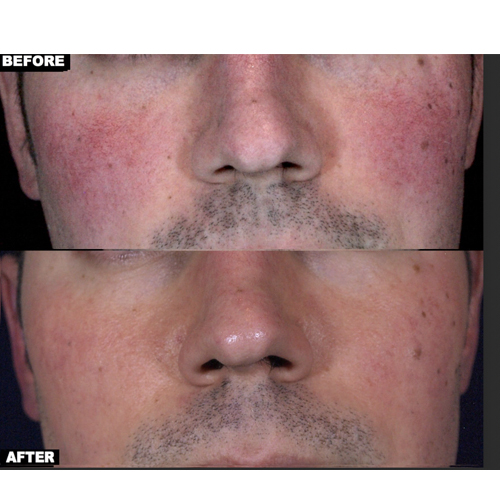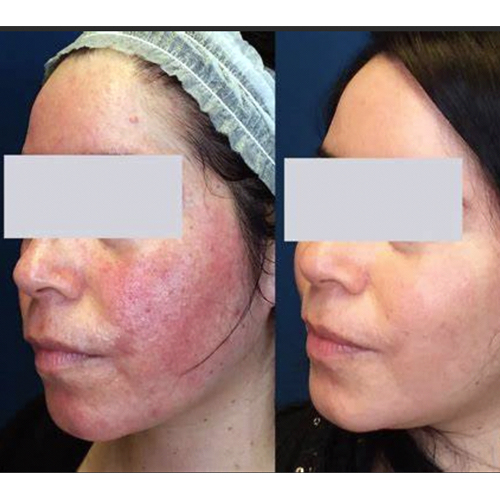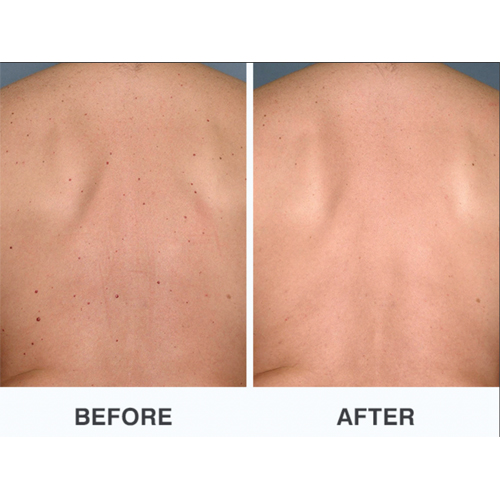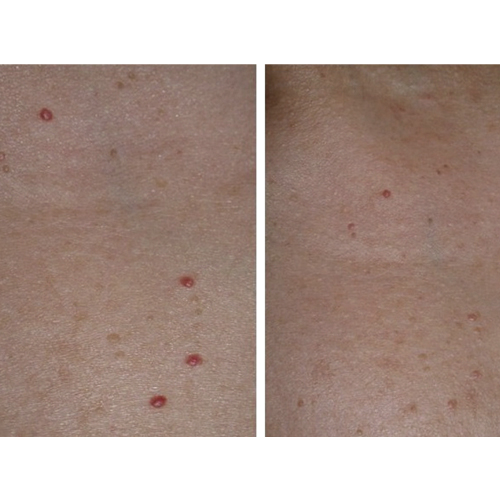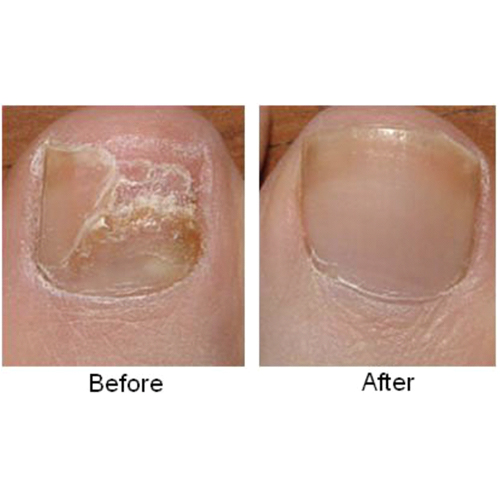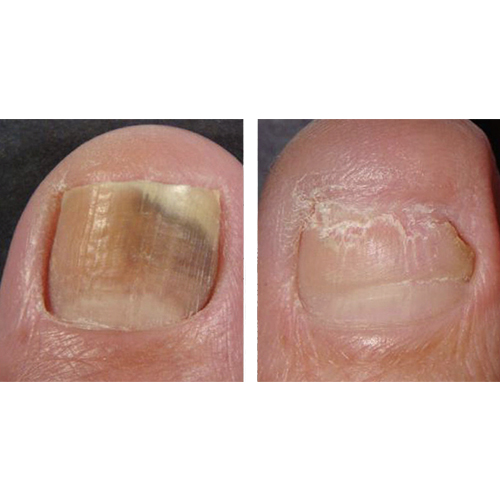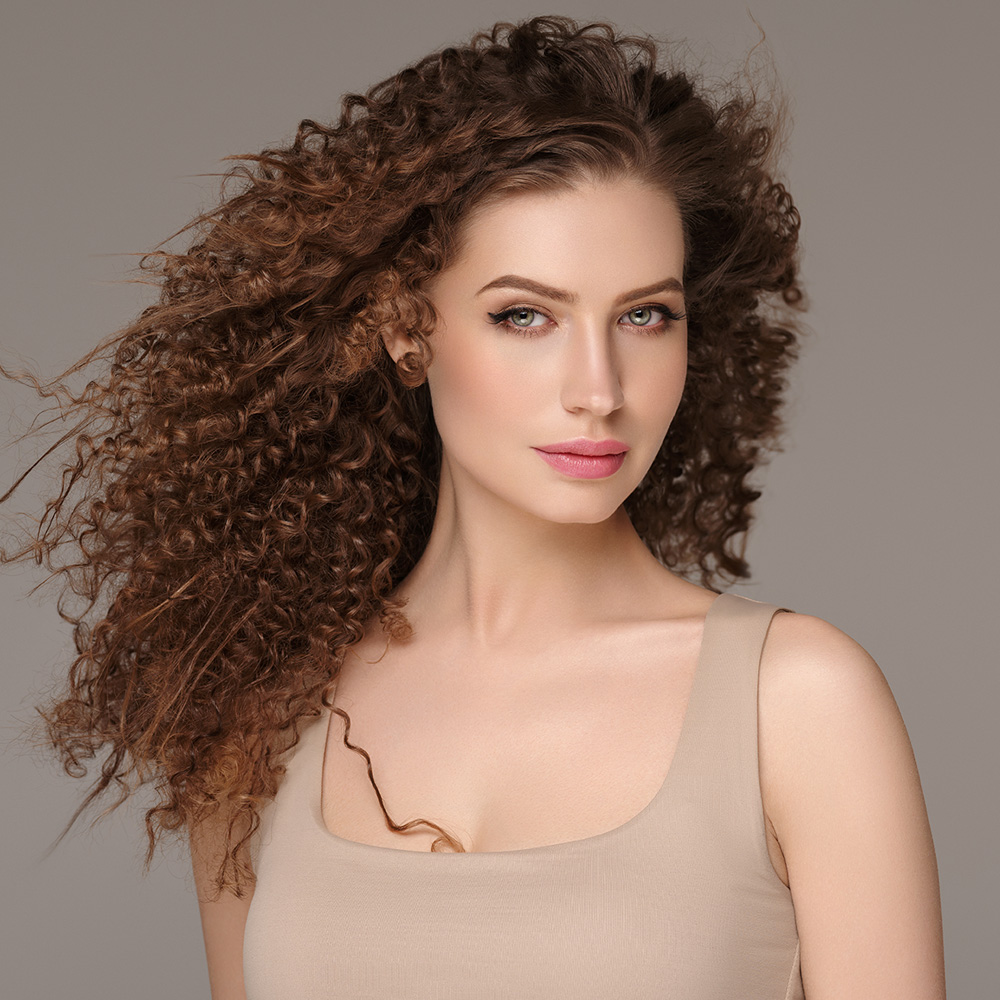
Skin Beautification Services to Keep You Looking Simply Fabulous!
Laser Skin Rejuvenation
Laser skin treatment is a popular method that is used to reduce minor skin flaws such as acne scars, facial wrinkles, pigmentation, and blemishes. It is a non-surgical cosmetic procedure that uses short, concentrated pulsating beams of laser light to enhance the appearance of your skin.
Laser Skin Tightening
Laser skin tightening is a noninvasive procedure designed to reverse signs of aging on the skin. It can be used on all areas of the face and body, but is typically used on the face and neck. It works by heating the underlying layers of skin to stimulate collagen production, which, in turn, causes the skin to look fuller and tighter. Wrinkles, fine lines, lax skin and other signs of aging are minimized, and skin looks healthier and more youthful.
Sun Spots & Benign Keratoses Removal
The skin beauty experts at Talent Laser Clinic & med spa can effectively remove unwanted brown sun damage spots and benign keratoses without scarring. The late fall and winter are the best times to start treatment of these lesions since the skin should be shielded from sun exposure before and after treatment for the best results. Some spots may require more than one treatment.
Laser Spider Vein Removal (face & legs)
Spider veins and broken capillaries, often occurring in areas such as the face, nose, and legs, are broken blood vessels that may appear as red lines or dots on the skin. Examples of these skin conditions are spider veins on the legs and face, vascular lesions, broken capillaries, and cherry angioma. These vascular lesions may be caused by certain medications, the natural process of aging, and other environmental factors. Unfortunately, these broken veins can not heal themselves.
Rosacea, Facial Redness & Broken Blood Vessels Removal
Our skincare experts can help treat the background redness and broken blood vessels on the cheeks, nose and chin. Because the background redness and broken blood vessels are a result of broken blood vessels, you should expect to have some redness, swelling and possible bruising for several days after the treatment. We suggest that you do not take aspirin or NSAIDS (ibuprofen, Aleve, Advil, Motrin Meloxicam, Celebrex) for 1 week prior to your procedure if medically allowable. We do not advise any patient to stop any blood thinners for this procedure.
Cherry Angiomas Removal
A cherry angioma is a small, compressible growth on the skin that is usually red in color. These skin lesions usually appear later in life, after 30 years old, and increase in quantity with age. Although they are benign and not harmful to one’s health, cherry angiomas are some of the most common skin growths that patients will request removal for aesthetic reasons.
Nail Fungus Removal Treatments
Nail fungus is a common infection of the nail. It begins as a white or yellow-brown spot under the tip of your fingernail or toenail.
As the fungal infection goes deeper, the nail may discolor, thicken and crumble at the edge. Nail fungus can affect several nails.
Signup or Follow Us to Receive
Special Offers!
Join our loyal subscribers list to get exclusive promotions,
prizes and giveaways!
Signup or Follow Us to Receive
Special Offers!
Join our loyal subscribers list to get exclusive promotions,
prizes and giveaways!

